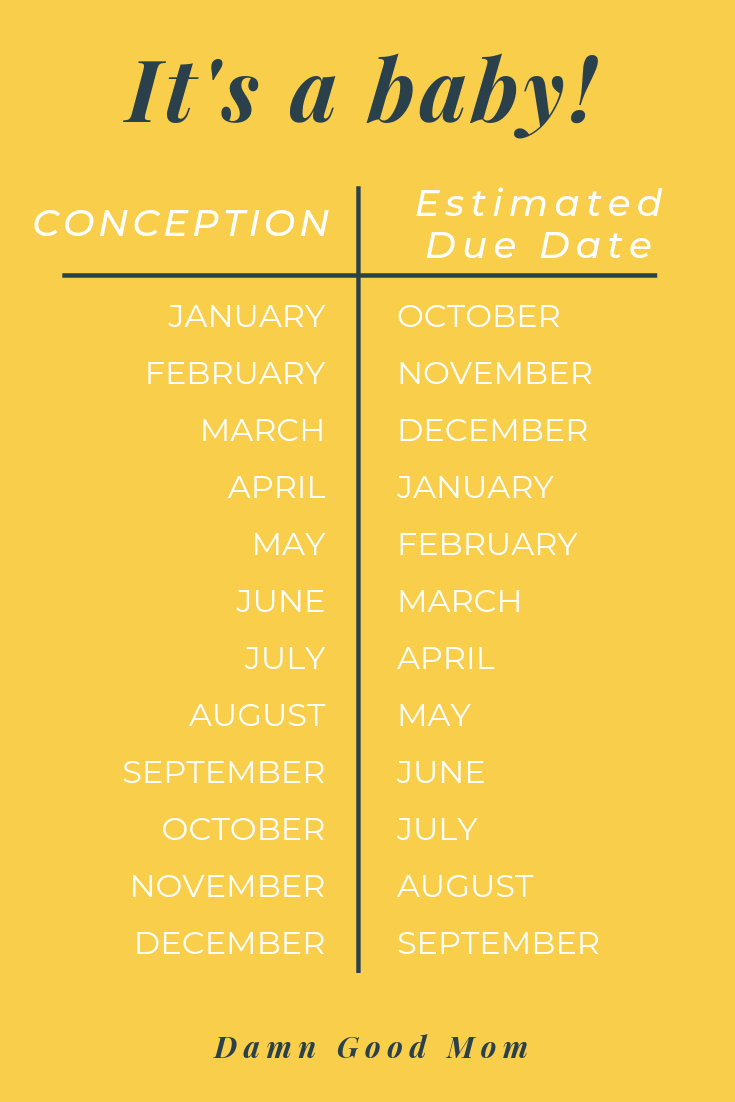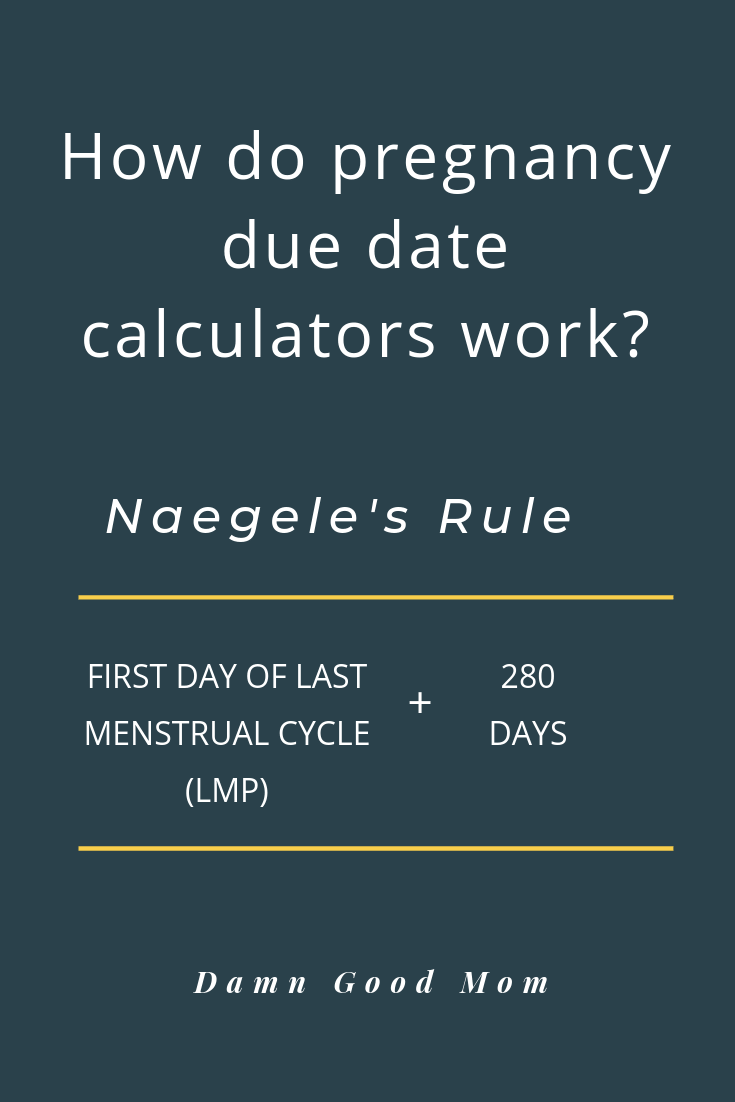Are you planning for a baby?
Have you decided it’s time to grow your family?
Are you already expecting a baby?
If you answered ‘yes’ to any of the above questions, congratulations!!
YOUR PREGNANCY DUE DATE
Growing a human is serious business but because of science and research, the process doesn’t have to be completely unpredictable. There are ways for us to track fertility, plan for pregnancy, and determine our estimated due dates (EDD).
In this post, I share a few helpful tools.
Let’s start with ovulation.
OVULATION
WHAT IS OVULATION
Ovulation is the time in your cycle when hormones trigger the release of an egg from the ovaries.
HOW IS OVULATION RELATED TO FERTILITY?
Ovulation is different for every woman; however, it is believed that women are most fertile two-three days before ovulation. So, understanding your own ovulation signals can help you time sex with your partner to optimize the chances of getting pregnant.
WHAT ARE THE SIGNS OF OVULATION?
Recognizing the signs of ovulation can be difficult but many women experience increased sex drives, cramping, and increased cervical mucus. If those symptoms aren’t easily apparent, there are conception tests that screen for the presence of hormones in the urine.
There is even an ovulation predictor test sold at the Dollar Store. I can’t speak to its accuracy personally but I did have accurate results from the pregnancy tests made by the same company (Assured).
Another option to explore when looking for personal ovulation information is a calculator.
OVULATION CALCULATOR
Check out this ovulation calculator, it claims to help determine your fertility window and helps set a range of dates to help with conception.
Resource: Ovulation: Everything You Need to Know to Get Pregnant
Many women have successfully tracked their ovulation and use the data to avoid or plan for a pregnancy. However, it’s important to be mindful that some women require extra support getting pregnant, even with tracking and doing helpful things to prepare the mind and body for pregnancy.
Once you get your positive pregnancy test, you’ll likely be less concerned about how you got it and more excited about your new journey -growing a baby!
PREGNANCY
Getting a positive pregnancy test can be life-changing.
As I mentioned earlier, when I felt changes in my body that suggested that I may be pregnant, I took several Dollar Store pregnancy tests and they all came back positive!
It’s amazing that we live in a time that $1 USD and a few drops of urine can provide insight into the inner workings of our bodies.
How is this possible? Good question!
HOW DOES A PREGNANCY TEST WORK?
Many at-home pregnancy tests screen for a hormone in the urine called human chorionic gonadotropin or HCG. It’s a hormone that increases in our bodies over the first several weeks of pregnancy.
Below is a short video that will hopefully make it all make more sense.
Once I learned I was pregnant, I was eager to know when my baby would be arriving.
If you know the date of your last menstrual period or LMP, you can get an estimate of your due date by using an online due date calculator or a general calendar like the one below.

These calendars and calculator are all over the internet because the formula for determining our due dates aren’t complicated.
HOW THE PREGNANCY DUE DATE CALCULATORS WORK
Many online calculators use Naegele’s Rule to calculate your estimated due date (EDD).
Naegele’s Rule
The pregnancy due date calculators will ask you for the first day of your last menstrual period aka LMP and simply add 40 weeks or 280 days to that date. It’s a standard calculation that is named after a German obstetrician, Franz Karl Naegele.

You can do the calculation yourself without a calculator (Do I sound like your 5th-grade math teacher?)
Calculation: [ (The first day of LMP – 3 calendar months) + (1 year & 7 days) ]
*This calculation is based on a 28 menstrual cycle.
If math isn’t your friend you can use this chart via John Hopkins website that will show you your due date based on the calculation above. Still, no calculator required. Because I’m a geek I checked it against 15 popular online calculators and it got the same results. For an LMP of 3/8/2018 with a 28-day cycle, the EDD was consistently December 13th, 2018.
Other rules to predict your due date include:
- Mittendorf-Williams Rule- A more advanced calculation that takes into account demographic, biological, and environmental demographics.
- Parikh’s Formula- A formula that accounts for menstrual cycle duration.
No matter, what is used to predict your due date, I’m sorry to tell you…we all have to just wait and see. Babies don’t care about our predictions. Your baby will decide your real due date.
THE ESTIMATED DUE DATE (EDD)
The EDD is just an estimate and while it’s hugely valuable to your prenatal care, less than 5% of babies are born on their due date.
Less than 5% of babies are born on their due date.
My first, was born a week and some days after my due date. I didn’t stress or go along with the induction my provider offered because my baby wasn’t in distress. I learned that it’s more valuable to focus on the process, not just dates because dates are likely to change.
If you are in a stage of family planning, I wish you the best of luck. Having a timeline from conception to birth helps make it all feel real.
Related: 23 Creative Things to Do When Pregnancy Feels Unreal
Once pregnancy is feeling real, try to keep it fun.
FOR MORE PREGNANCY AND MOM CONTENT, FOLLOW US ON PINTEREST.







